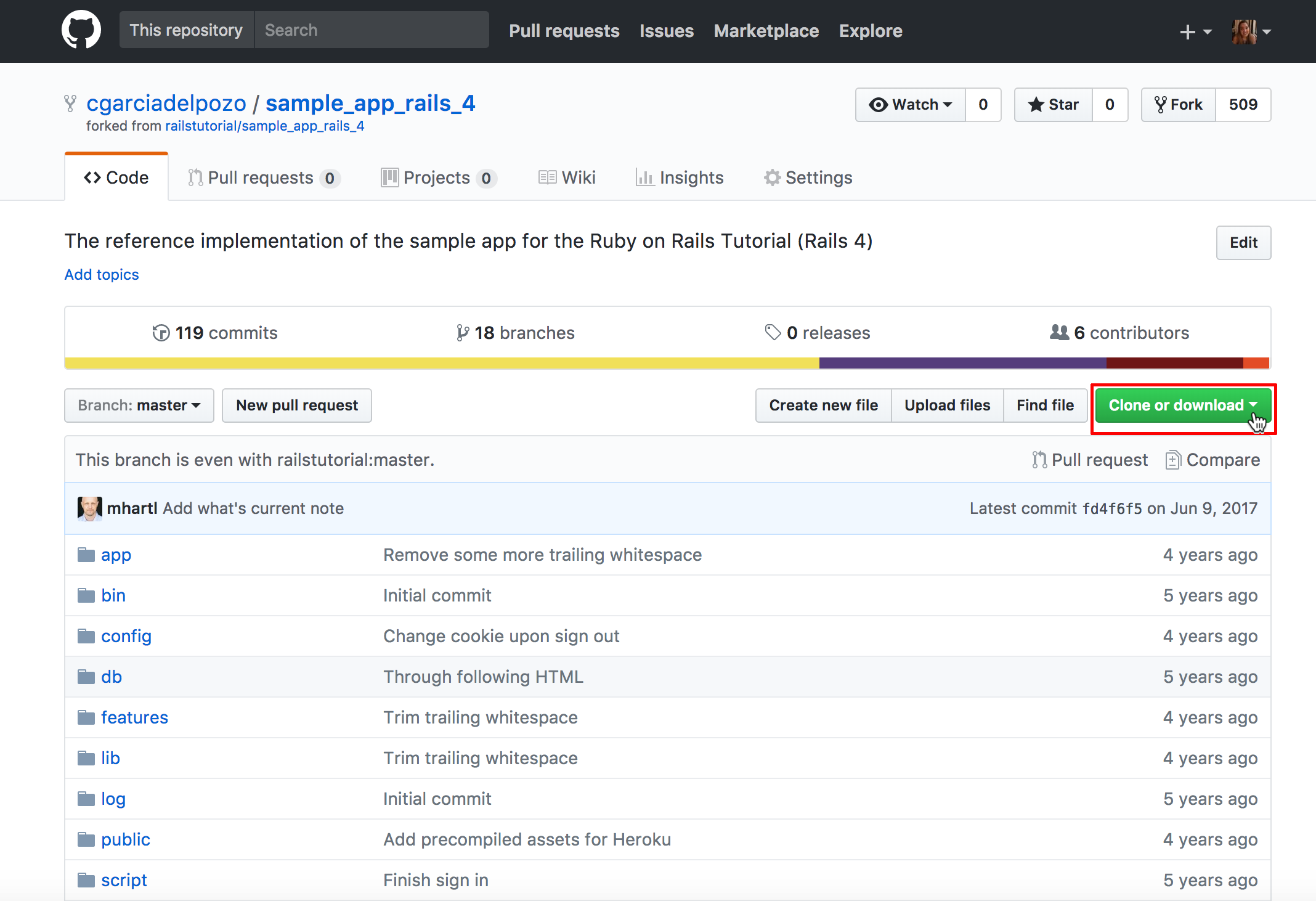

- #Run dual windows and linux on local cloud install
- #Run dual windows and linux on local cloud iso
- #Run dual windows and linux on local cloud download
Choose VDI for now unless you know you will need one of the other options. There are multiple choices here for advanced users. Since we’re starting fresh, leave it on the default Create a virtual hard drive now. This number can be changed easily later under the VM settings menu. This will siphon RAM from your system for the VM, so don’t overdo it. Go with Other Linux if your distribution isn’t listed. Give the VM a name, choose Linux from the Type dropdown, and select the Linux version as indicated. Open VirtualBox, click New, and use the following steps as a guide: Now that you have VirtualBox installed and Linux downloaded, it’s time to get your guest OS set up.
#Run dual windows and linux on local cloud iso
You should end up with an ISO file in your Downloads folder.
#Run dual windows and linux on local cloud download
Once you find the version you want to try, download the installation file. You can start with this article for help defining your specific needs and refer to this one for a quick rundown of some popular options. There are a vast number of distributions that you can choose from.

Next, you’ll need to track down a version of Linux that suits your needs.
#Run dual windows and linux on local cloud install
This is the software that powers the entire virtualization process, so go ahead and download it here if you haven’t already and then install it. VirtualBox is a free program provided by Oracle. Although there are ways to resolve issues later (such as increasing a virtual disk’s space limit), it’s much easier to make the right decision from the get-go. Depending on your use of the VM, you should be able to decide pretty easily if you can predict the physical storage space needed. The difference is pretty straightforward: a fixed-size drive carves out a specific amount of storage space for the guest OS, while a dynamically allocated drive will expand the space as needed. Simple, right? Also, now is a good time to take a moment and decide whether you will create a fixed size or dynamically allocated virtual hard drive for your VM. When it comes to virtualization, the operating system you already have is the host OS. The Basicsīefore we really get going, there’s an important distinction to make about terminology. Best of all, it takes just a few minutes to do. Whether you want to learn bash scripting, try out a new program, or test hardware compatibility, running a Linux virtual machine (VM) will get you there. And now, it’s easier than ever to do it without wiping out your existing setup. You will need to copy and paste this into the WinSCP “Host name” box before you can connect.There’s something refreshing about installing a new operating system onto a computer. Note: If you stop your EC2 instance and restart it, a new Public DNS will be assigned. If you want to save your settings to use again later, click on the Save button in the WinSCP Login window and name the settings.


 0 kommentar(er)
0 kommentar(er)
